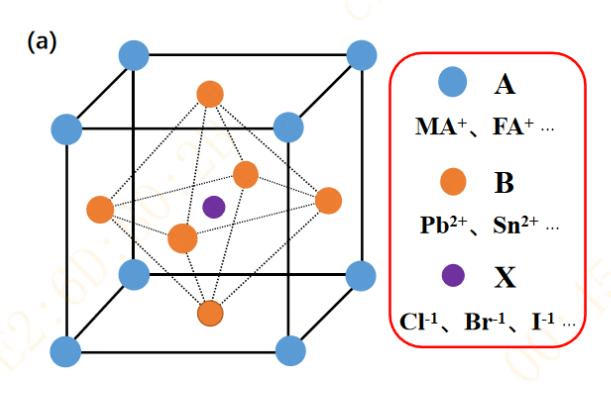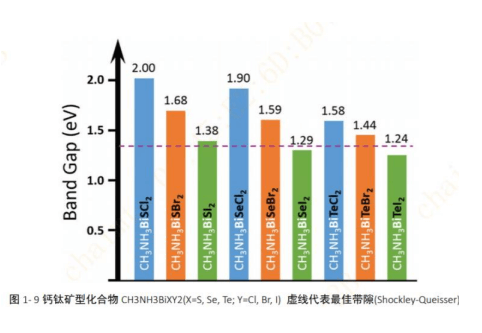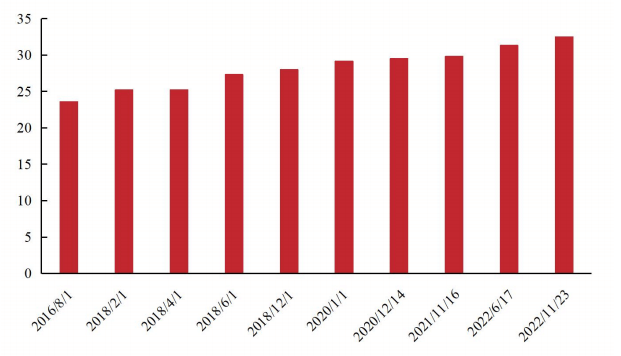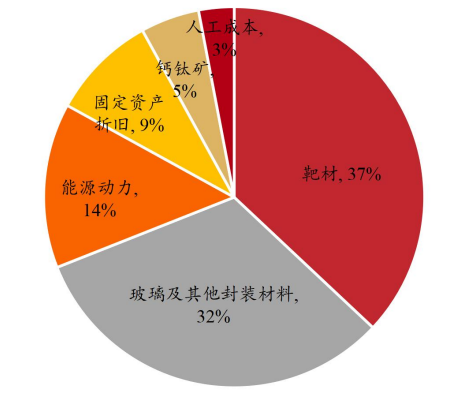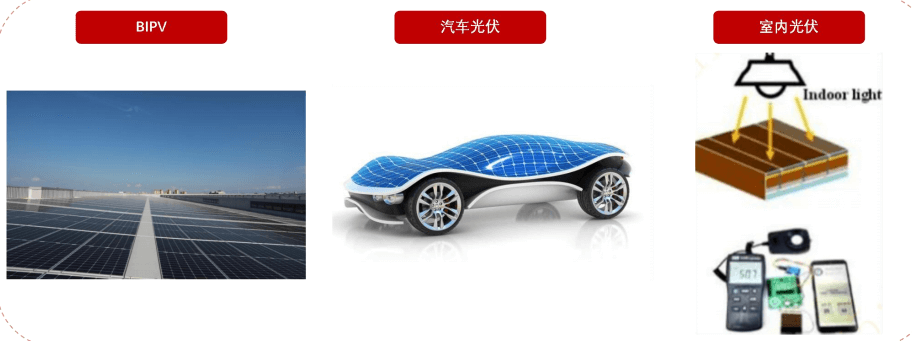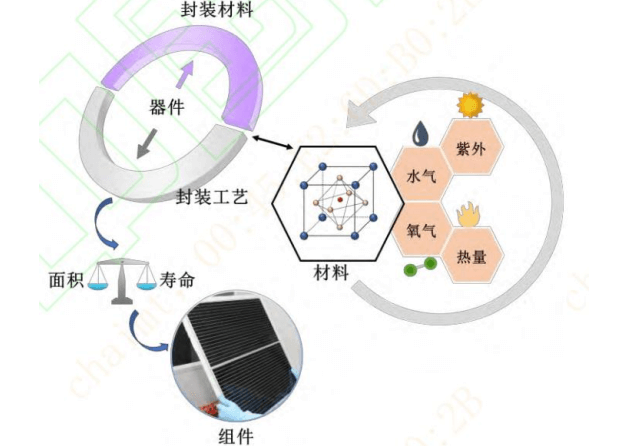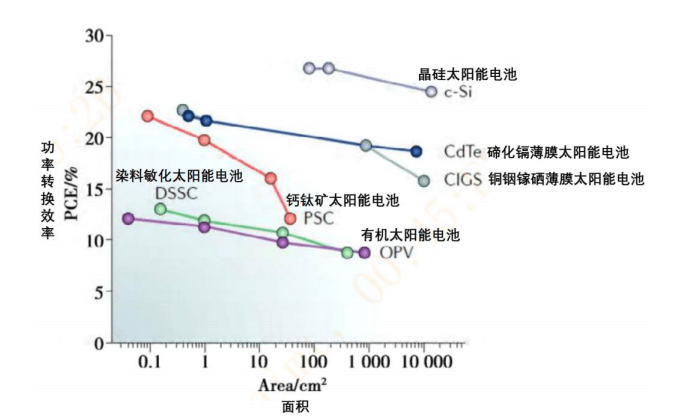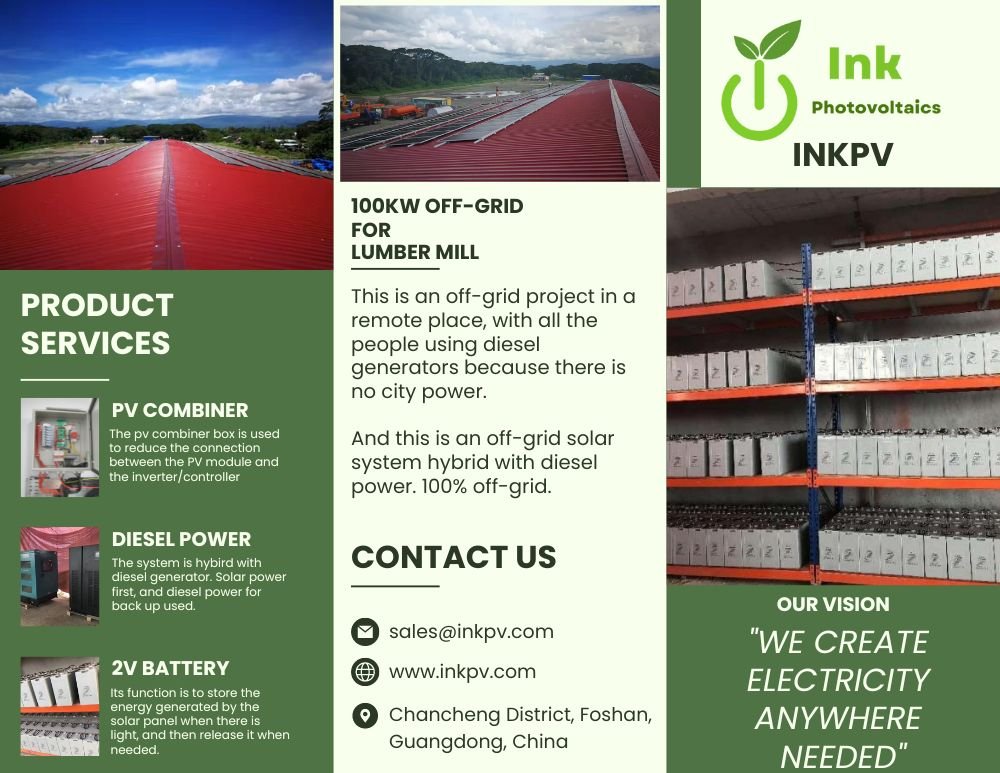History Of Perovskite solar cells
1839
Perovskite is a mineral with the chemical formula CaTiO3. Its name comes from the Russian scientist Lev Perovski (Лев Александрович Перовский), who first discovered this mineral in 1839. Perovskite is widely found in nature and has important applications in the field of materials science, particularly in the area of solar cells. Perovskite solar cells are considered one of the most promising new types of solar cells currently available.
1978
In 1978, Weber introduced methylammonium ions into crystals, forming organic-inorganic hybrid perovskite materials with a three-dimensional structure.
2009
Japanese scientists Kojima and Miyasaka applied the perovskite material to dye-sensitized solar cells, achieving a conversion efficiency of 3.8%.
2012
In 2012, the Park group replaced the traditional liquid electrolyte with a solid-state spiro-OMeTAD as a hole-transporting layer to prepare a fully solid-state perovskite solar cell, achieving a conversion efficiency of 9.7%. In the same year, the conversion efficiency broke through 10% for the first time.
2013
Michael Grätzel, the father of dye-sensitized solar cells, and his collaborators proposed a two-step deposition method for forming perovskite dyes in porous metal oxide films. Solid-state mesoporous perovskite solar cells prepared using this method achieved approximately 15% photoelectric conversion efficiency. In the same year, Henry Snaith et al. used alumina instead of titanium dioxide and achieved a conversion efficiency of 15.4%.
2014
California University's Yang Yang and colleagues improved the light absorption layer of perovskite, selected more suitable electron transport materials, and further increased the efficiency of perovskite solar cells to 19.3%.
2015
Sang II Seok and colleagues improved the efficiency of the solar cells to 20.2% by using a cation-exchange method.
2016
Grätzel's team incorporated the inorganic cesium ion (Cs+) into a mixed methylammonium and formamidinium perovskite, resulting in a three-cation perovskite with higher thermal stability, less phase impurity, and lower sensitivity to processing conditions. The resulting device achieved a record-high power conversion efficiency of 21.1%.
2017
Sang II Seok and colleagues improved the efficiency of perovskite solar cells by introducing triiodide ions to repair defects in the perovskite, combined with a two-step spin-coating method. The perovskite solar cells achieved a record efficiency of 22.1%.
2018
The research group led by You Jingbi at the Institute of Semiconductors, Chinese Academy of Sciences, used organic halide salt phenethylammonium iodide (PEAI) for surface defect passivation on FA-MA mixed perovskite thin films, and improved the certified efficiency of perovskite solar cells to 23.3%. Subsequently, they also produced devices with an efficiency of 23.7%.
2019
MIT and Korea Advanced Institute of Science and Technology (KAIST) jointly created a record efficiency of 25.2% by enhancing charge carrier management to improve the performance of perovskite solar cells.
2021
Seok's group at the Ulsan National Institute of Science and Technology in Korea used Cl-SnO2 and chlorine-containing perovskite precursors to form an intermediate layer between the SnO2 electron transport layer and the halide perovskite absorption layer, enhancing charge extraction and transport in the perovskite layer while reducing interface defects. This method resulted in a single-junction perovskite solar cell with an efficiency record of 25.7%.
2022
In June, the research team of Professor Tan Hairong from Nanjing University achieved a steady-state photovoltaic conversion efficiency of 28.0% with their all-perovskite tandem solar cell, which was certified by the international authoritative organization JET.
In December, the research team of Renergy Co. Ltd. achieved a steady-state photovoltaic conversion efficiency of 29.0% with their all-perovskite tandem solar cell, which was certified by the Japanese JET third-party certification agency.


